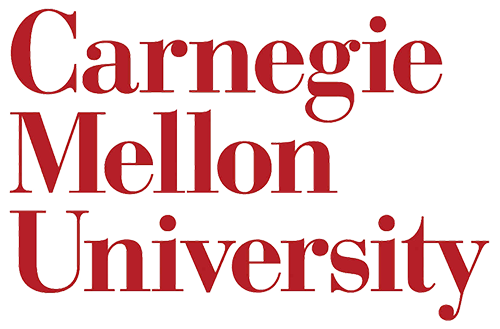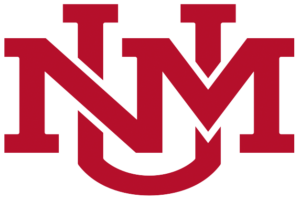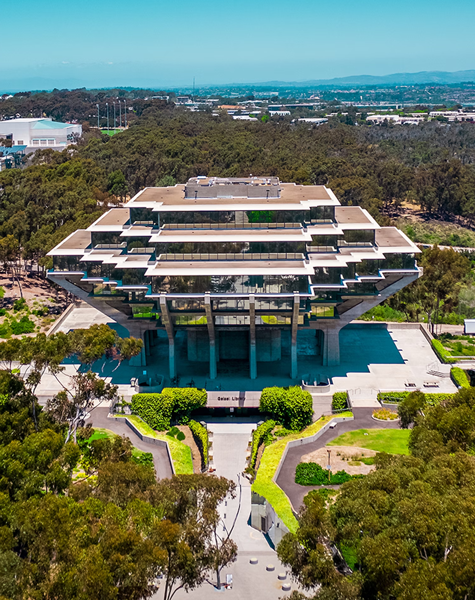Executive summary
Carnegie Mellon University’s IT, finance, facilities, energy and sustainability teams enhanced energy management on campus with EnergyCAP software. By streamlining financial operations, creating visibility and granting access to information for all departments, the platform improved the university’s ability to effectively track and report on its energy use and the associated costs of operating a large group of buildings.
- Problem: Limited visibility into utility usage and related usage data, and the challenge of aligning the data with the actual time period of usage.
- Goal: Gain a more holistic, accurate and easily accessible view of energy usage and the associated financial costs of managing energy for a large building portfolio.
The customer
Carnegie Mellon University (CMU) is a private, global research university and is amongst the top educational institutions in the world. The university has implemented EnergyCAP software to streamline complex accounting workflows and, simultaneously, turn that data into reports that its energy, facilities, IT and sustainability teams can rely on to make decisions about campus operations.
The challenge
CMU needed to improve administrative efficiency and data transparency and accuracy in its energy usage process. Prior to using EnergyCAP UtilityManagement, staff would retrieve data from their bill pay provider after a bill was paid, and then retroactively distribute the costs to other departments on campus. The usage data was included, but was only aligned with the payment dates, which did not always match the period of use.
Another challenge CMU faced was a lack of data visibility. The process was only accessible to a small IT team and did not include an interface for users to view data or create reports. This meant that the data was siloed, and other departments needed to request this data from the IT team, creating extra work for all parties involved.
The solution
Using EnergyCAP’s chargeback feature, the CMU team now has a documented monthly process to create bills for departments and tenants. The process uses defined bill splits and data extracted from the 700+ monthly vendor bills received, along with real-time data from the 120+ internal utility meters connected to their building management system, to create feeder files that integrate with their general ledger. This helps distribute costs, while allowing for increased billing and reporting accuracy and visibility. CMU’s costs and use are now tied to the building level, as well as the billing period, so regardless of when finances go through the GL process, they are timed to actual usage. This means if a bill comes in late, if there’s a correction later, or if there’s an adjustment made, it can be attributed to the correct financial and usage period.
Additionally, EnergyCAP UtilityManagement automatically audits the university’s utility bill data, which is now streamlined directly from CMU’s utility providers through EnergyCAP Bill CAPture. Using optical character recognition (OCR) technology, the auditing feature scans every line item of the bill. This process not only identifies cost, consumption and demand anomalies, it also tracks elements like duplicate bills, overlapping statement dates and unexpected usage changes, allowing the team to leverage the platform to resolve bill discrepancies prior to exporting to their AP system.
With all energy data streams verified through the workflow and centralized in one location, CMU departments can access information needed about cost and consumption for campus buildings without any barriers. The facilities team now creates and distributes reports directly from the platform’s ENERGY STAR Portfolio Manager (ESPM) module, replacing the manual process they used to follow for report generation. ESPM is the industry standard for benchmarking commercial buildings, and the university now has its data automatically calculating benchmarking metrics in EnergyCAP.
The results
The adoption of EnergyCAP at CMU has led to advances in its energy management, from streamlining the finance team’s ability to operate and fund the energy needs of the campus, to removing siloed and manual data entry and generating reports that have been audited for maximum accuracy. The university has a system that performs complex functions for many departments on campus, allowing everyone to have access to the information they need.





![Top 12 sustainability reporting platforms (ESG) [2026]](https://www.energycap.com/wp-content/uploads/2025/12/blog_article_top-sustainability-platforms.webp)






